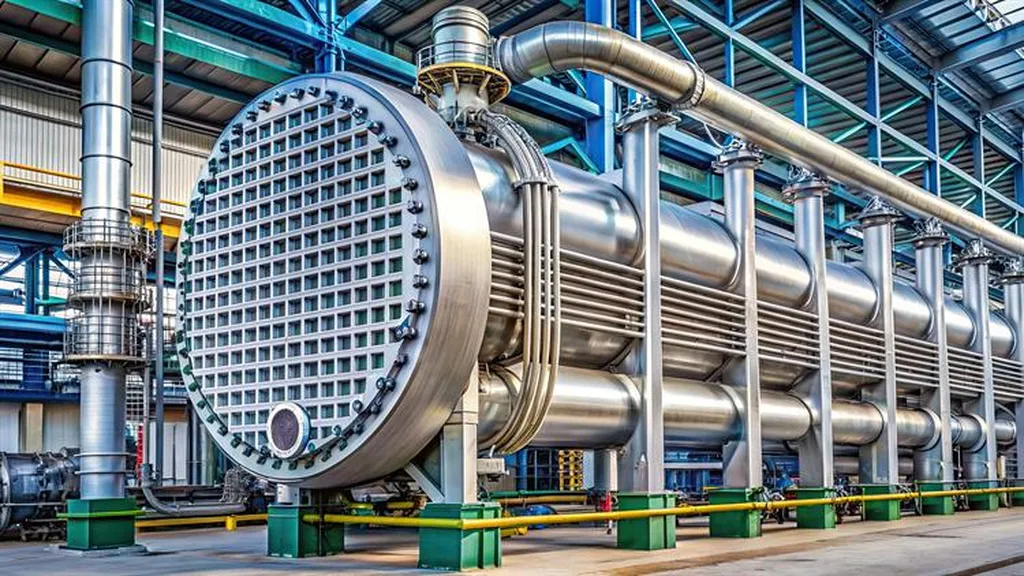In the ever-evolving landscape of energy efficiency and material science, a groundbreaking study has emerged that could significantly impact how we approach heat transfer in modern materials. Published in the journal *Computer-Assisted Methods in Engineering and Science* (translated from the original Slovak title, *Počítačové Pomocné Metódy v Stavebníctve a Vede*), the research, led by V. Sladek of the Institute of Construction and Architecture at the Slovak Academy of Sciences in Bratislava, explores innovative numerical methods for solving transient heat conduction problems in functionally gradient materials (FGMs). These materials, which exhibit varying properties across their structure, are increasingly critical in industries like aerospace, automotive, and energy, where thermal management is paramount.
The study focuses on two key aspects: spatial approximation of temperature fields using mesh-free methods and time integration techniques. Mesh-free methods, which do not rely on a predefined mesh, offer greater flexibility and accuracy in modeling complex geometries and material variations. Sladek and his team employed two distinct mesh-free approximations to capture the spatial temperature variations, while also exploring different time integration approaches, including the Laplace transform method and polynomial interpolation in time-stepping methods.
“The accuracy and efficiency of these methods are crucial for industries that rely on precise thermal management,” Sladek explained. “Our findings could lead to more robust and efficient simulations, ultimately improving the design and performance of materials used in high-stakes applications.”
The research highlights the importance of selecting the right numerical approach for specific problems. By comparing the accuracy, convergence, and computational efficiency of various methods, the study provides valuable insights for engineers and scientists working on heat transfer problems in FGMs. This could translate into significant commercial impacts for the energy sector, where optimizing thermal performance is key to enhancing efficiency and reducing costs.
One of the most compelling aspects of this research is its potential to shape future developments in numerical analysis and computational modeling. As industries continue to push the boundaries of material science, the need for accurate and efficient simulation tools becomes ever more critical. The methods explored in this study could pave the way for more advanced and reliable simulations, enabling engineers to design materials with tailored thermal properties for specific applications.
In an era where energy efficiency and sustainability are top priorities, the insights gained from this research could have far-reaching implications. By improving our ability to model and predict heat transfer in complex materials, we can drive innovation in industries that are at the forefront of the energy transition. As Sladek noted, “The ultimate goal is to provide tools that can help us design better materials and systems, contributing to a more sustainable and efficient future.”
For professionals in the energy sector, this research offers a glimpse into the future of thermal management and material design. As we continue to explore new frontiers in material science, the methods and insights presented in this study will undoubtedly play a crucial role in shaping the technologies of tomorrow.

